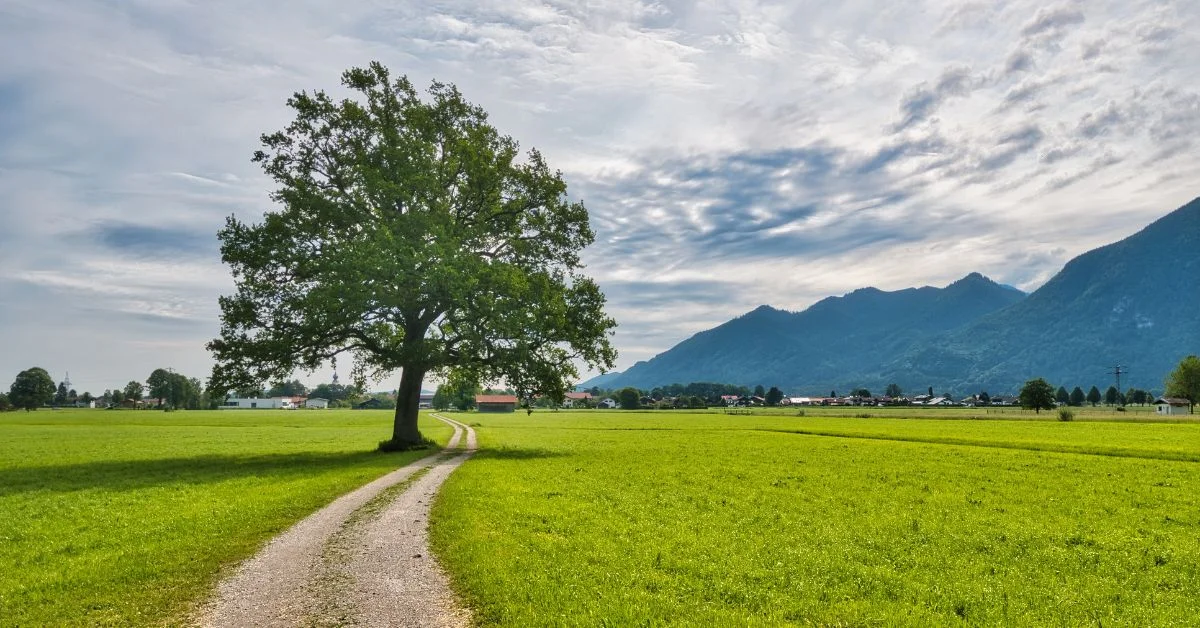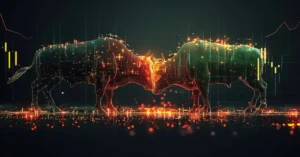Lane East isn’t just a place. It’s an idea. It’s a blueprint for how the cities of tomorrow may function—seamlessly connecting transit, people, commerce, and ecology in a single corridor. Whether you’re a commuter, urban planner, investor, or simply curious about what’s next for modern living, Lane East represents a fascinating pivot point in the evolution of urban design. And in a time when cities worldwide are grappling with climate adaptation, population growth, and mobility demands, the lessons of Lane East may resonate far beyond its borders.
What Is Lane East?
Lane East is a conceptual term increasingly used to describe forward-thinking, mixed-use development zones—typically stretching across former industrial edges or underused transit corridors in eastern sections of cities. In practical terms, it represents a re-imagination of space, integrating public transport, pedestrian-prioritized infrastructure, green corridors, and high-density mixed-income housing.
But to define Lane East only as a location would be misleading. It’s a living experiment in how urban environments can transform to meet 21st-century challenges.
A Corridor of Innovation
These “East Lanes” tend to emerge in parts of cities once peripheral but now central to discussions about mobility, affordability, and climate resilience. As land in traditional downtown cores becomes saturated or unaffordable, developers and municipalities are shifting their focus eastward—sometimes literally, sometimes metaphorically.
In this sense, Lane East might be more of a movement than a map dot.
READ MORE: General News: A Landscape in Flux | TheWeeklySpooncom
The Context Behind Lane East: A Shift in Urban Priorities
Over the past two decades, city planners have grappled with several simultaneous pressures:
- Climate Change: Rising temperatures and erratic weather are forcing cities to rethink their layouts.
- Population Density: Global urban populations are booming, requiring smarter use of space.
- Equity & Access: There is growing recognition of the need to create cities that serve all income levels.
- Mobility: Transit networks must be more efficient, multimodal, and sustainable.
The emergence of Lane-East addresses all these forces in tandem.
Urban studies scholars often compare it to the 19th-century invention of the boulevard or the 20th-century freeway system. In this century, the defining structure might very well be the multi-use mobility corridor—a “lane” that is eastward in location but forward in vision.
Anatomy of a Lane East: Key Characteristics
1. Multimodal Transit Integration
Lane Easts are built around hubs where buses, bikes, rail, and even autonomous vehicles intersect. Rather than prioritizing private vehicles, these corridors are designed to reduce car dependency.
Key transit features often include:
- Light rail or BRT (Bus Rapid Transit)
- Protected bike lanes
- EV charging infrastructure
- Last-mile micro-mobility hubs (e-scooters, bike shares)
2. Green Infrastructure
Unlike traditional expressways, Lane East corridors incorporate green infrastructure from the ground up. These can include:
- Bioswales and permeable pavement
- Urban forests and tree-lined streets
- Vertical gardens and rooftop farms
- Net-zero buildings
3. Affordable and Mixed-Income Housing
A major critique of past urban renewal efforts was gentrification. LaneEast, by contrast, often mandates a significant share of affordable housing, community land trusts, and mixed-use zoning to support economic diversity.
4. Smart Technologies
Sensors monitor air quality, smart lights adjust to foot traffic, and digital kiosks provide real-time updates on transit and services. Lane East is not just physical—it’s digital too.
Why “East”? The Symbolism and Geography of the Term
The term “Lane East” may seem arbitrarily directional, but it’s more than coincidence.
In many Western cities:
- Industrial zones were historically placed downwind—often to the east.
- Low-income housing and underfunded neighborhoods clustered eastward.
- Highways built in the mid-20th century often disrupted these eastern areas.
Now, planners see these zones as ripe for rethinking—not just to undo historical damage, but to pioneer new approaches.
The “east” in Lane East thus symbolizes reclamation, transformation, and rebirth. It’s where the sun rises—a poetic metaphor, perhaps, for renewal.
Real-World Examples (Fictionalized for Illustrative Purpose)
To understand the LaneEast concept in action, imagine three stylized but plausible examples drawn from global trends:
1. MetroVale Lane East (USA)
A 9-mile corridor in a mid-sized American city transforms old freight rail lines into a BRT route surrounded by co-op housing, hydroponic farms, and a startup incubator focused on clean energy. Median home prices are locked by a city trust to prevent speculation.
2. NovoLeste, São Paulo’s Eastern Innovation Lane (Brazil)
In Brazil’s sprawling metropolis, NovoLeste is a zone where municipal buses now operate on solar-charged lanes. Public markets dot the route. Modular housing—quick to build and energy efficient—line the peripheries, offering dignified living near job centers.
3. Eastline Commons (Europe)
An Eastern European city develops a belt of “zero-carbon zones” where logistics centers, residential towers, schools, and co-working spaces are all walkable. A mobility pass covers bikes, metro, and light rail in a single subscription model.
Challenges in Implementing the Lane East Model
Though visionary, Lane East is not without obstacles.
1. Policy Gridlock
Urban renewal on this scale often requires overlapping jurisdictional approval—state, city, regional—and coordination is rarely smooth.
2. Funding Dilemmas
Public-private partnerships are key, but balancing profit with equity is difficult. There’s always the risk that investment leads to displacement.
3. Cultural Resistance
Many communities are understandably wary of new projects—especially those resembling past displacements or broken promises.
4. Technological Gaps
Smart systems are only as good as their maintenance. Who pays for sensors in 10 years? How do we ensure privacy and data equity?
READ MORE: MyFastBroker.com: A Deep Dive into the Modern Brokerage Experience
The Broader Implications
Beyond its bricks, rails, and fiber optics, Lane East offers a model of integrated thinking.
It’s a case study in systems design: where housing, environment, transportation, and economy are not treated as silos but as interdependent parts of urban life.
In this way, Lane East might just serve as:
- A template for global South cities experiencing rapid urbanization
- A remedy for legacy inequalities in post-industrial cities
- A platform for emerging tech companies to build responsibly
- A canvas for artistic, cultural, and civic expression in public spaces
How Residents Experience
To a resident, Lane East is not theory—it’s daily life.
- Morning begins with a walk through a green promenade to the tram.
- Children attend schools integrated within mixed-use zones.
- Groceries are bought at weekly rotating food co-ops or urban gardens.
- Wi-Fi is public, fast, and ubiquitous.
- Nights feature community cinema on open-air terraces lit by kinetic energy.
This isn’t utopia. But it is intentionally designed.
Lane East in the Next Decade
By 2035, urban futurists predict:
- 20% of new urban developments in OECD countries will follow “Lane East” principles.
- AI-assisted traffic systems will reduce commute times by 40% in pilot corridors.
- 3D-printed housing will cut construction costs by 60% in designated East zones.
Municipalities from Nairobi to Nashville are eyeing these corridors as key strategic investments.
And just as the suburbs defined post-war expansion, or urban renewal defined the 1990s, Lane East may define the next era.
The Narrative of a New Urban Era
Cities have always had their legends: The agora of Athens. The boulevards of Paris. The superblocks of Barcelona. The tech campuses of Silicon Valley.
In our time, the story being written is one of integration, regeneration, and equity. That story may unfold on a stretch of transit-linked, tree-lined, sensor-embedded avenue—something like Lane East.
But in truth, Lane East is less about a particular location than a particular vision.
It’s a prompt for planners.
A testbed for policies.
A home for people.
A path forward.
And most of all, it’s a lane open to everyone.
Conclusion
In a world increasingly shaped by climate urgency, urban congestion, and social inequities, Lane East is not a luxury—it’s a necessity. It is what happens when cities choose to innovate not just on behalf of capital or speed, but on behalf of life itself. As both concept and space, Lane East stands as a symbol of what’s possible when we reimagine what cities can be—not just built environments, but human ecosystems.
Whether your city calls it Lane East, Green Corridor, or Innovation District, the movement is already underway.
You may be walking through it sooner than you think.
FAQs
1. What is Lane East?
Lane East is a modern urban corridor concept focused on integrating sustainable transit, mixed-use housing, and green infrastructure.
2. Why is it called “Lane East”?
The name reflects a shift toward revitalizing eastern city zones that were historically industrial or underdeveloped, now reimagined for inclusive growth.
3. How does Lane East improve urban mobility?
It prioritizes multimodal transport—like light rail, buses, bike lanes, and walkable spaces—reducing car dependency and commute times.
4. Is Lane East only about transportation?
No. Lane East is a holistic urban design model that includes housing, technology, public spaces, and environmental systems.
5. Can Lane East be implemented in smaller cities?
Yes. The Lane East model is scalable and adaptable, making it suitable for cities of all sizes aiming for sustainable, equitable growth.









